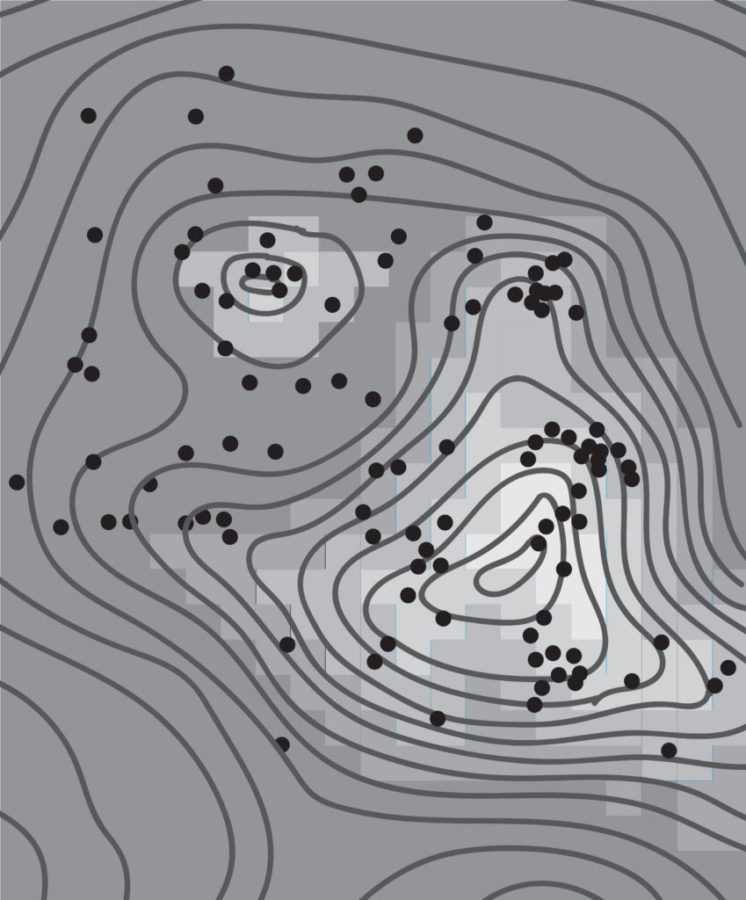Richard Medina’s research usually focuses on terrorism and extremism. The U geography professor’s next project, however, takes a U-turn to analyze traffic accident data for Salt Lake City and how that correlates with weather and geography.
With his research, Medina aims to predict where car accidents are most likely to happen, especially during snowstorms. He hopes that the information will help city planners to design safer roads and, more importantly, allow emergency responders to plan ahead so they can shorten response time to accidents.
Medina previously analyzed data in Washington, D.C. for a single snowstorm in 2011.
“D.C. is an interesting place for snowstorms,” said Medina. “They are not prepared, because they don’t get that many, but in recent years they have had a few really bad storms.”
The 2011 storm was “unexpected and struck while many people were at work. Many were stranded on the roads.” If the storm had happened overnight or if it had been predicted by weather forecasters, he said, “work and school would have been canceled.”
Approximately 1,000 car accidents were reported during Washington, D.C.’s three-day storm. Along with other researchers, Medina took data from only 200 of the accidents and combined it with maps, information about road types, speed limit data, zoning information and the pattern of precipitation. With the results, they developed a model of the locations of the remaining 800 accidents with nearly 100 percent accuracy.
The structure of Medina’s Salt Lake City study is far more complicated than his analysis of the snowstorm in Washington, D.C. It will compare days with and without storms and incorporate data about the considerable amount of road construction in the area.
“It seems that anywhere you go in the valley, there is always some kind of construction going on,” said Medina. “In some ways, we are never able to get used to the roads, with all the orange cones and things changing all the time.”
Medina has his work cut out for him as he plans to analyze five years’ worth of traffic incidents in Salt Lake City. Medina anticipates the analysis of all this information will take approximately six months.
“What we’re really looking for is to see if areas of increased accident likelihood here are predictable like they were in D.C.,” said Medina. “This may not be the case.”
As for the reason he’s researching outside his typical field of work, Medina said, “We are more likely to get into a car accident than be personally affected by a terrorist attack. It is also nice to help in the community you’re working in.”
@EliseAbril


